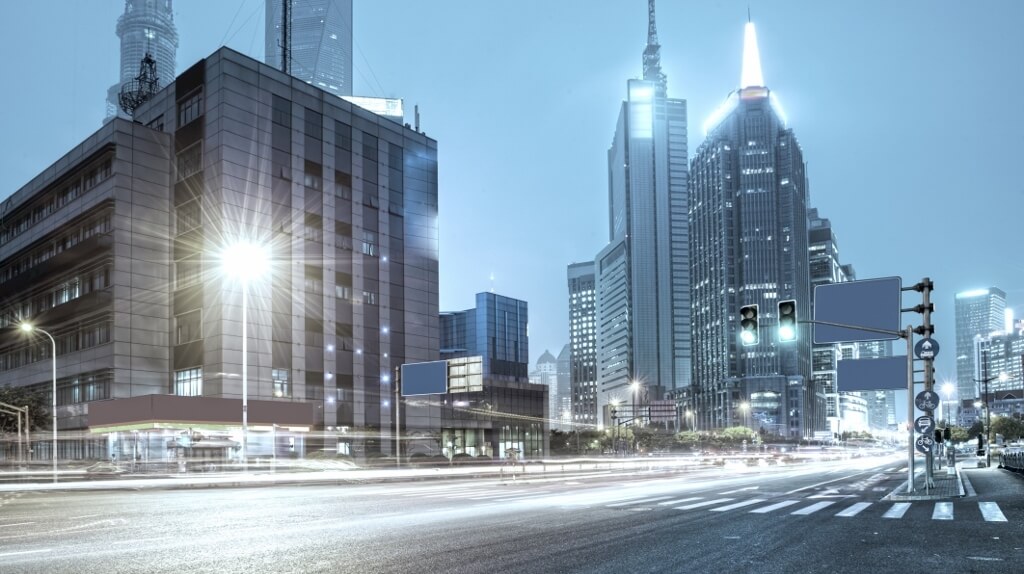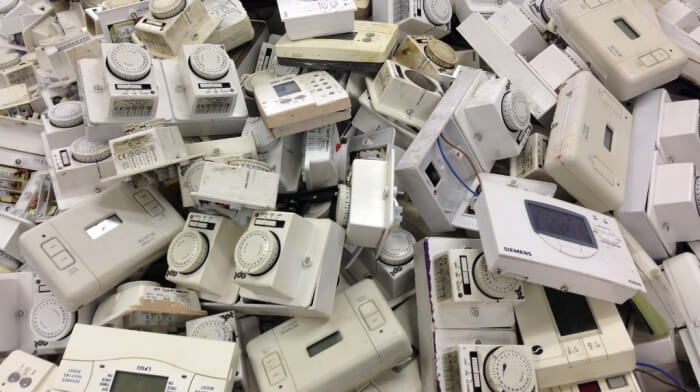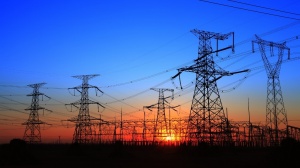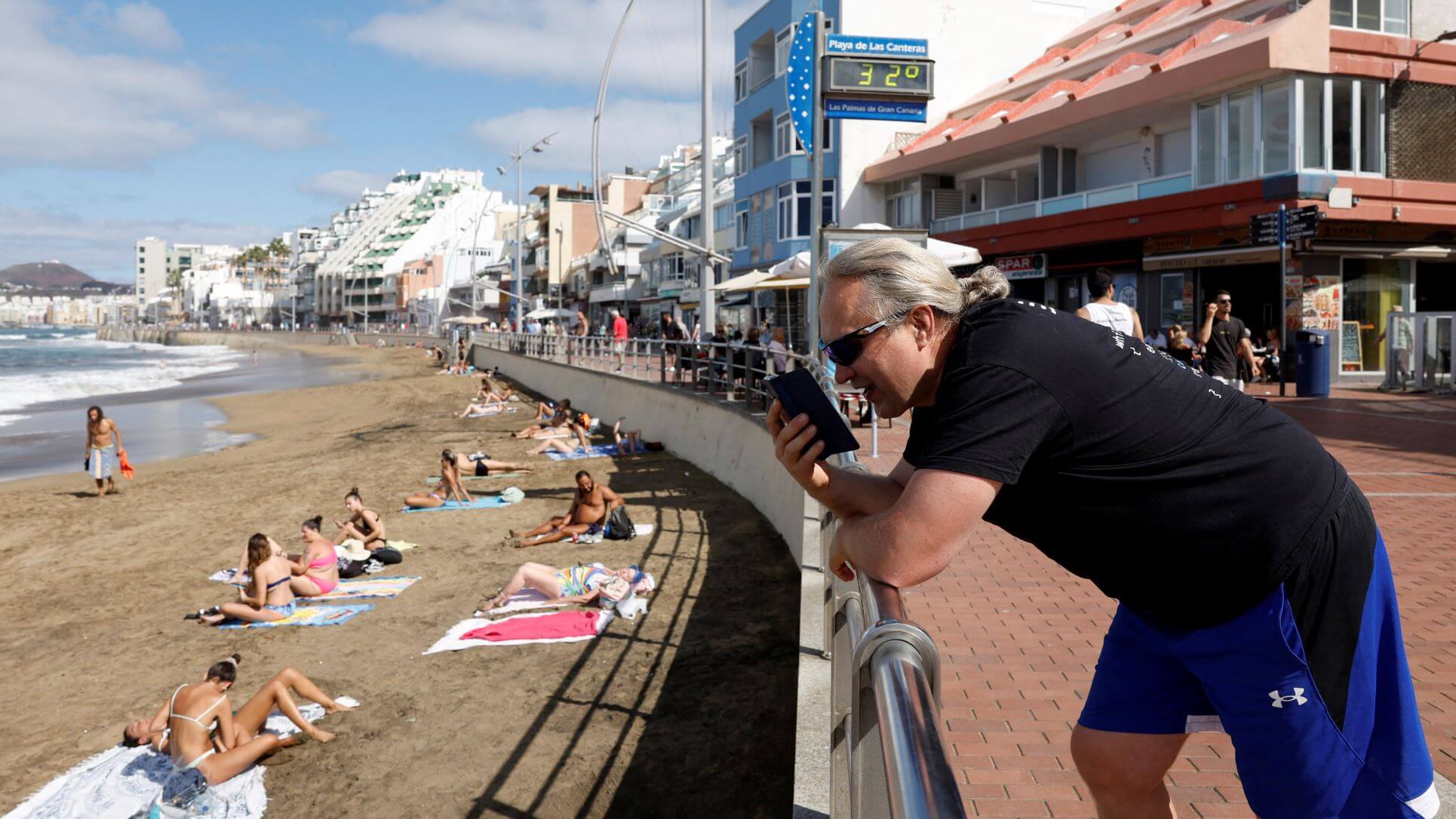The Internet of Things is so hot right now, but people struggle to crystallise exactly what benefits it will bring to people and businesses. Here, IoT guru Derek Roddy attempts to put the main plus-points into words.
How The Internet Of Things Will Improve The Future
The Internet of Things is so hot right now, but people struggle to crystallise exactly what benefits it will bring to people and businesses. Here, IoT guru Derek Roddy attempts to put the main plus-points into words.

The Internet of Things (IoT) is already affecting and improving our lives. The term has been re-hashed multiple times, with its most popular meaning focusing on smartphones and other consumer electronics; moving beyond that the real question is, what does IoT really mean for consumers, businesses and local government?
Current state of IoT
Gartner noted that there will be 2.6 billion connected devices by 2020. By 2017, about 40% of those connected devices within smart cities will be inside smart homes.
The UK government's plans to invest £40m to develop applications for IoT and smart cities as part of the 2015 budget has sparked much debate around whether this investment is too little too late or if it's a waste of budget, how essential it really is and how much can be achieved with it. The bottom line is that there is a definite demand in the space and change is inevitable; but are we ready for such a change?
The 'real' Internet of Things
The IoT value chain consists of devices that are both intelligent and connected; however, the ecosystem is far more complex than people may think. In order to deliver the real IoT, we need to dig deeper.
The point of IoT shouldn't be if the home owners have x devices or how often they use a smart toothbrush; surely that could be of interest to marketers, but what would be vital for local authorities is data that can help them save funds and get their services to be more efficient. Integrated services need to go beyond connecting devices for the sake of connecting devices and make a real impact by offering real consumer and council benefits.
"When EastEnders is on and the credits start to roll, there is an electrical demand of three thousand million watts over a period of 5 minutes"
An example of this is preventative maintenance; smart meters can relay consumption information to an energy supplier, removing the need to send out meter readers or staff to all properties and check if they are poorly-insulated, while giving the utility greater insight into the household’s consumption patterns and offering councils the benefit of knowing which properties require restoration. This way of managing cost and deploying resource leads to one successful way of taking full advantage of IoT.
When it comes to dealing with major issues, such as tackling fuel poverty and addressing energy efficiency, the real challenge is the efficient deployment of both services and information. This challenge can seem too immense to know how to make a lasting difference, and the UK should be reaching out and looking into what's happening in our doorstep and replicate successful patterns of IoT.
Our business climote is already working towards this, starting with Louth County Council on the largest social-housing regeneration scheme in Europe, with project partners Sustainable Energy Authority of Ireland (SEAI), Kingspan and Electric Ireland. When complete, over 2,000 homes in County Louth will have been upgraded with a climote remote control heating systems and a further 100 homes will have received a full energy upgrade.
IoT hates waste
Today, too many homes waste energy, which is not a big surprise given that the average person spends only 6 minutes per year thinking about how they consume energy. Free energy is being wasted because we haven't figured out a way to use it, like wind power and water tanks. How can IoT address energy waste?
Central heating, air conditioning and hot water systems can be programmed to come on at certain times each day. With connected thermostats and smart meters, householders can control their energy use from their smartphones, and save energy by only heating or cooling the rooms that are actually being used.
One of the main challenges is that currently all customers are treated the same; most energy and utility companies treat every season, every hour and every day of every year, without taking into account any customised data, despite the fact that costs change. This essentially means that, every single price is by definition wrong because we are dealing with a overly-simplified average, which doesn't happen in any other industry.
How to tackle smart "greed"
Smart grids, which are IoT-enabled are the answer to tackling energy waste. They will allow energy distribution to be managed in real time based on immediate data rather than historic patterns of energy use. Together with smart meters, they open the door to energy services and payment tariffs that could dramatically reduce business energy costs and boost their sustainability credentials.
The EU is currently working towards an ambitious target of improving energy efficiency by 20% by 2020. In order to achieve this, a nationwide smart grid should be in place, and that is currently some way off, even with the £500m low carbon network government fund, which provides financial support for projects designed to test out ideas.
When the National Grid requests extra capacity, the special aggregators in place identify pockets of spare capacity among their clients and pool them to create a virtual power plant. Their profit comes from a cut of the fee that the National Grid pays organisations for reducing their demand during peak times, passing the remainder on to their clients.
In order for IoT to really work within that framework, is to ensure that dedicated networks to support the needs of connected devices are in place. IoT could switch on 1000 devices and the grid won't be "watching", leading the network to not only struggle, but crash.
A brilliant example of this is the massive kettle energy demand on a short period of time, which is unique to Britain. When EastEnders is on and the credits start to roll, there is an electrical demand of 3 Gigawatts (3 thousand million watts) over a period of 5 minutes, which is the equivalent of 1.5 million kettles switching on.
A key requirement to secure suppliers’ ambitions and ensure rapid growth in consumer IoT devices is the enhancement of the connectivity layer that connects intelligent devices to each other and the cloud, and therefore, address technological fragmentation.
This development is also required in order to enable rich data and services ecosystems and remove the cost and complexity for mass-market adoption. The ultimate goal should be to deploy machine learning, in which devices and appliances can detect patterns and then adjust their own actions accordingly.
Welcome to the third industrial revolution
We are now experiencing what can only be described as the third industrial revolution, and people are demanding change. Customers want to join the digital age, and they will join the digital age with or without you and your business.
Consumers' behavioural patterns are changing, as they are adopting the profile of the "prosumer" across different aspects of life, starting a few years ago from media consumption. Prosumers want to gradually be involved not only in the consumption but also in the production of the energy, with the touch of a button. Gradually this will lead to smartphones evolving from being a communication gateway, to coordinating resources among various devices in the IoT network.
This opens up the floor to a more "democratic" energy era, as more and more people in different countries take back control of energy. With the right technology we can link everything from intelligent water valves to cloud-based learning algorithms to ensure customers give the right volumes of energy to consumers when it is needed.
Our goal is to contribute to this change, which is why we have partnered with Scottish Power, to enable the utility giant to offer their 5.2 million UK customers a simple and effective way to control their heating remotely.
climote’s vision for how we can bring the IoT in a meaningful way to local and housing authorities is through the large scale distribution of climote and pave the way for similar devices to be widely used. Essentially the vision is to be in a position to provide both consumers and the councils with the opportunity to address their energy needs effectively.
It's up to all of us to get involved and disrupt not only the energy market, but our own energy consumption patterns and change the way we live.
Thanks for signing up to Minutehack alerts.
Brilliant editorials heading your way soon.
Okay, Thanks!



